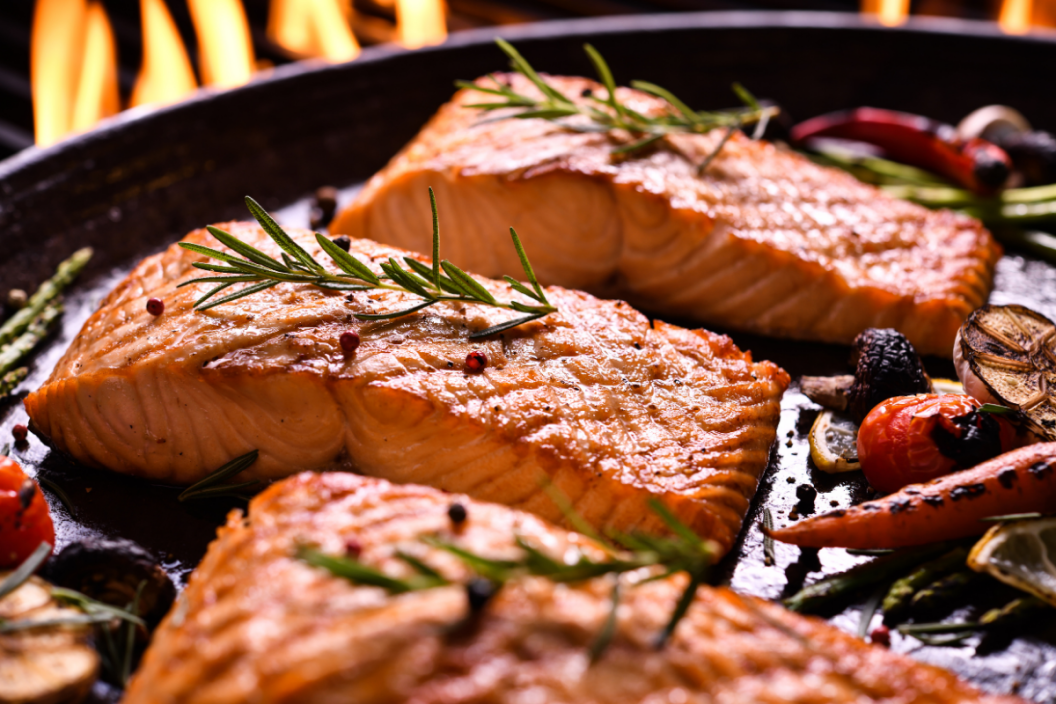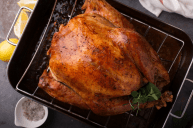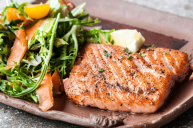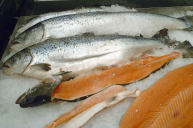Salmon is one of those foods with a delicate window for being perfectly cooked. When undercooked, it can be unappetizing and even dangerous to eat. However, overcooked salmon can be chewy and tough. Fortunately, with a few simple tricks you can tell if salmon is cooked or if it needs a bit longer in the pan.
Videos by Wide Open Country
To avoid overcooked salmon, you can check how close it is to being done with a fork. Gently press down on the fillet, observing whether the salmon flakes when the flesh separates from the white lines running along the fillet, coming off easily when touched. At this point, your salmon is cooked and should be taken off the heat immediately.
You can also poke at the flesh in the center to check its color. As the fish cooks, it'll change from dark pink to light pink. However, when perfectly done, the middle will still be semi-translucent.
How to Check Your Fillet With Presentation in Mind
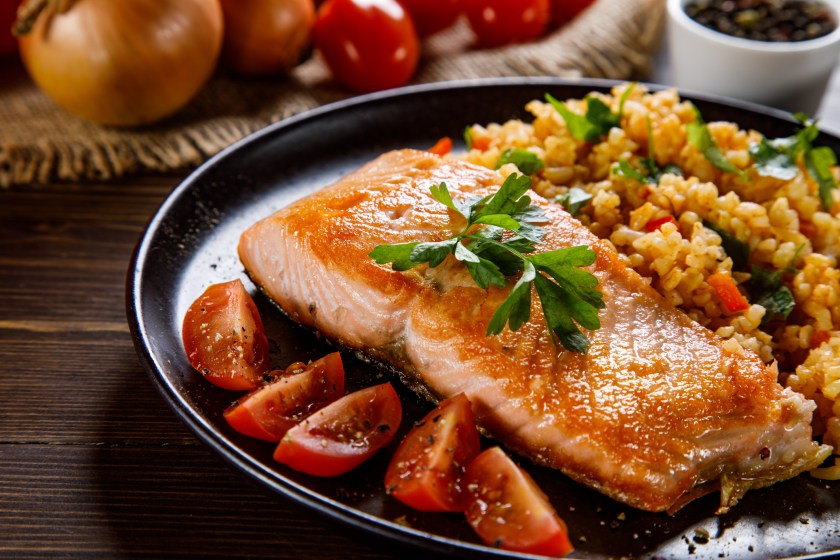
Getty Images/gbh007
If you want to check the doneness of your salmon without causing marks on its surface, there are other options that don't involve poking it with a fork. To tell if your salmon is done, you can use a cake tester or a butter knife. Poke the metal into the thickest part of the fish, hold it there for a few seconds, and remove. Immediately touch the tip of the cake tester or knife to the skin under your bottom lip and observe its temperature. If the metal is warm, your fish is fully cooked! If cold, it needs some more time.
The most precise way to tell if your salmon is done is by checking its internal temperature using an instant-read meat thermometer. Insert your thermometer into the thickest part of the fillet and wait for it to show a temperature. Salmon should be above 110 °F but below 140 °F.
Signs That Your Salmon is Overcooked
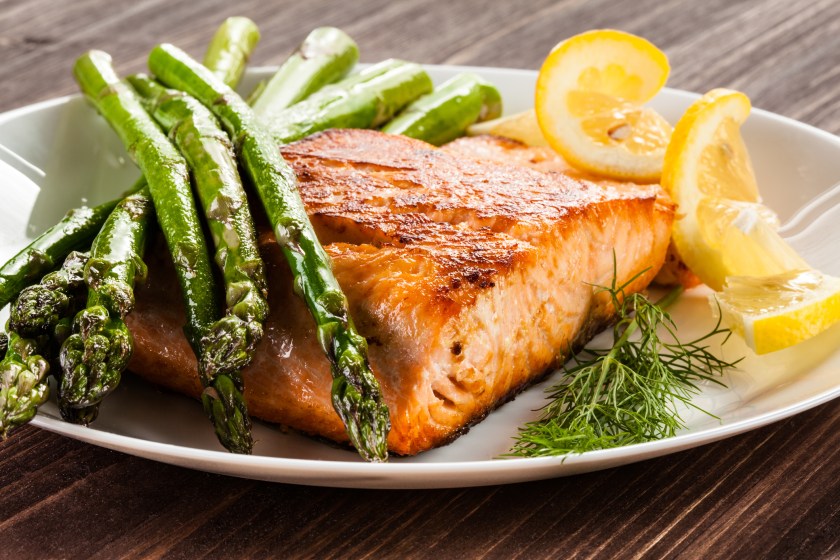
Getty Images/gbh007
If your salmon is overly firm or has a dry texture, it has passed the point of doneness. Another sign of overcooked salmon is a deep orange color. You should also look out for a white substance seeping out of your salmon, which is another surefire sign that it's past the point of ready.
Hopefully, you checked your salmon's flakiness before any of these signs arose and you're ready to enjoy a tender salmon fillet.
This post was originally published on May 21, 2021.
